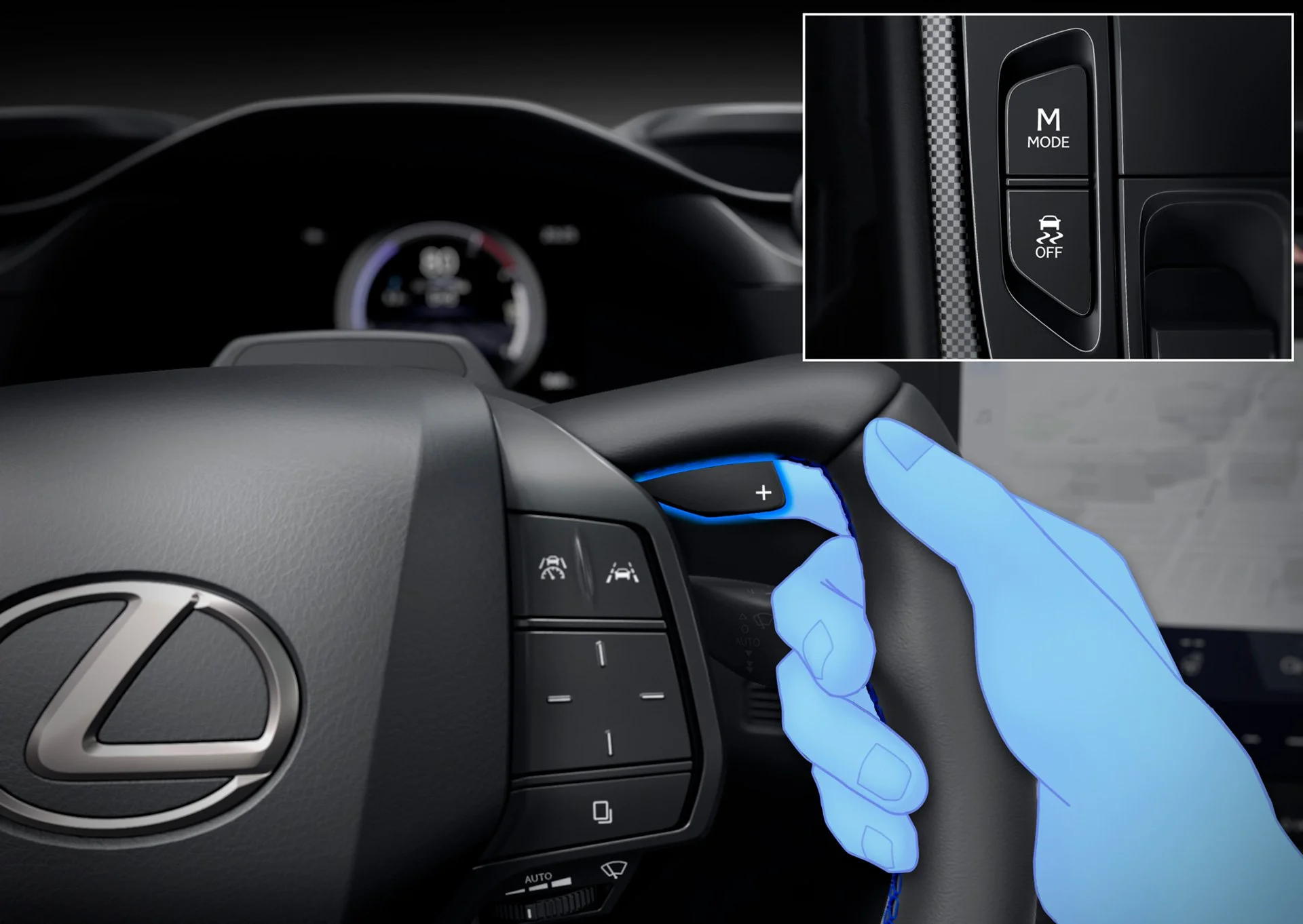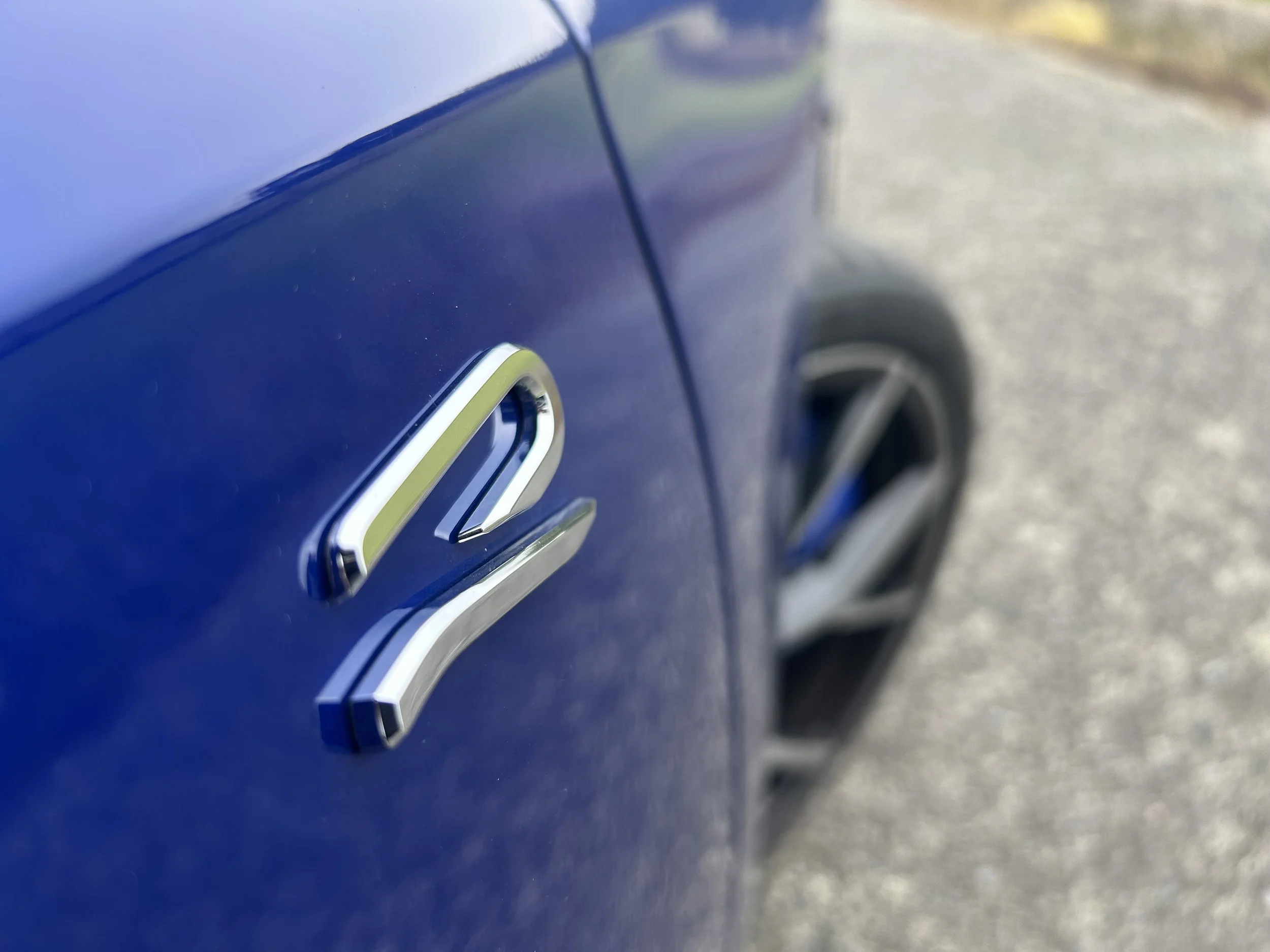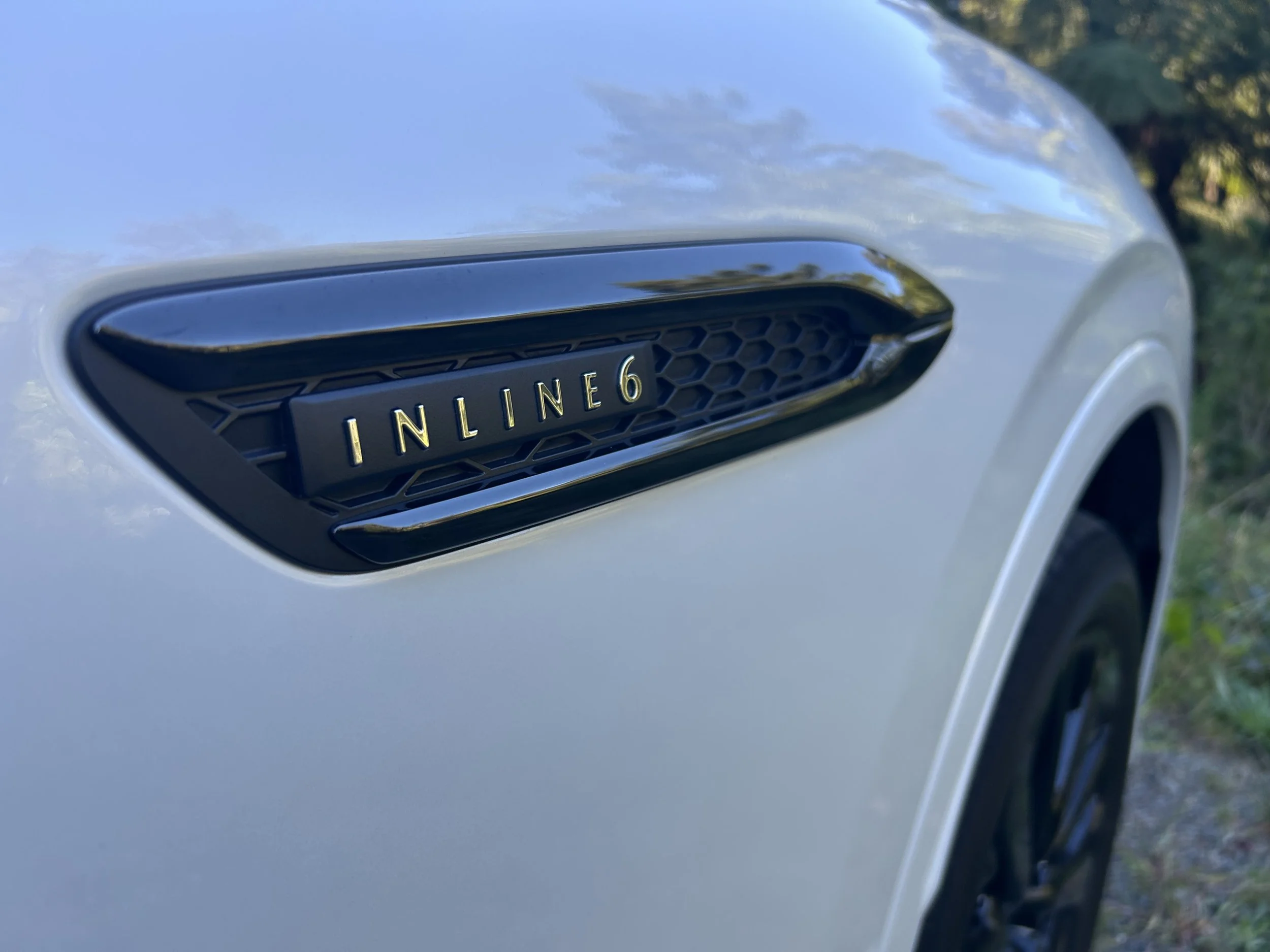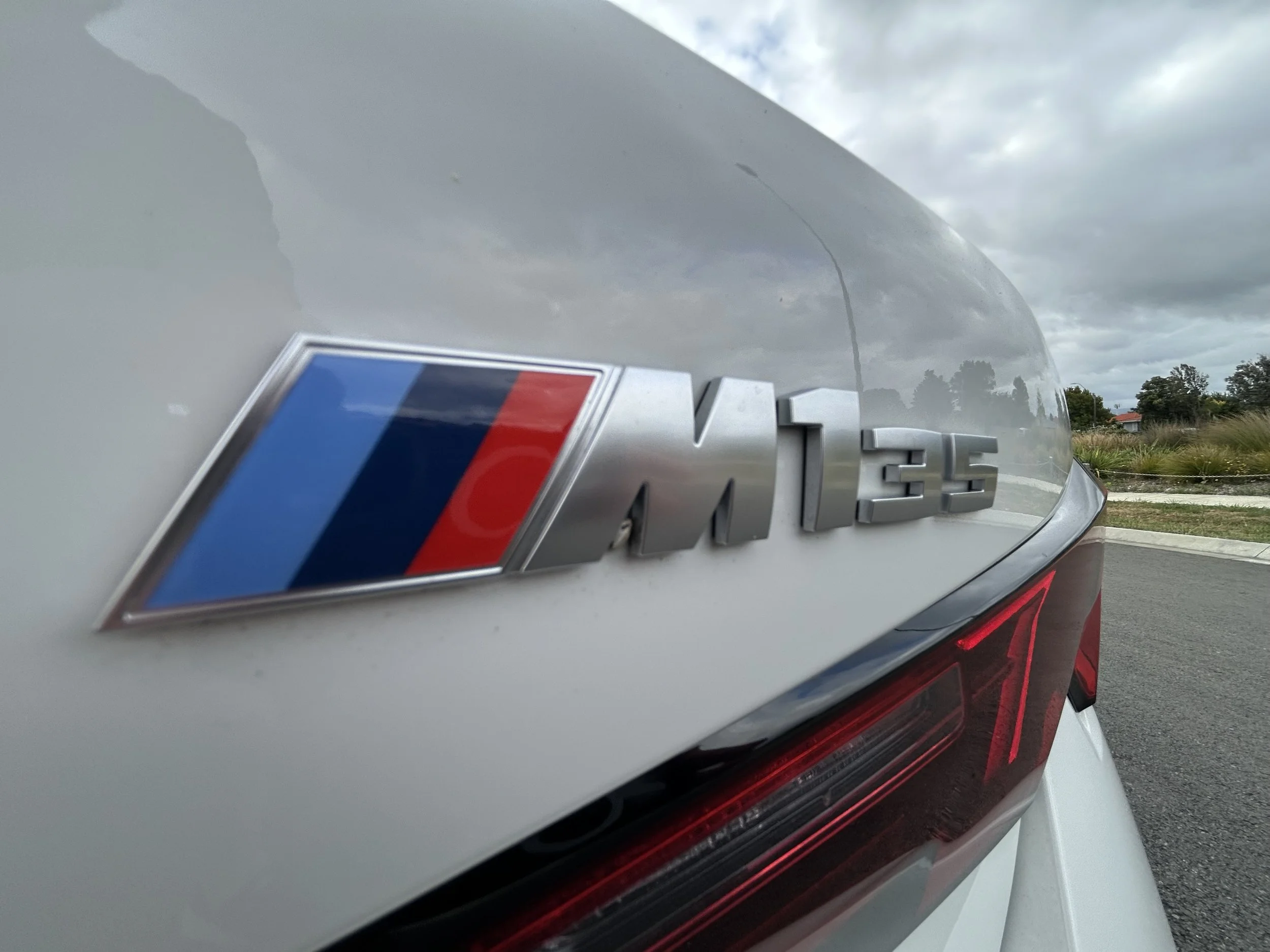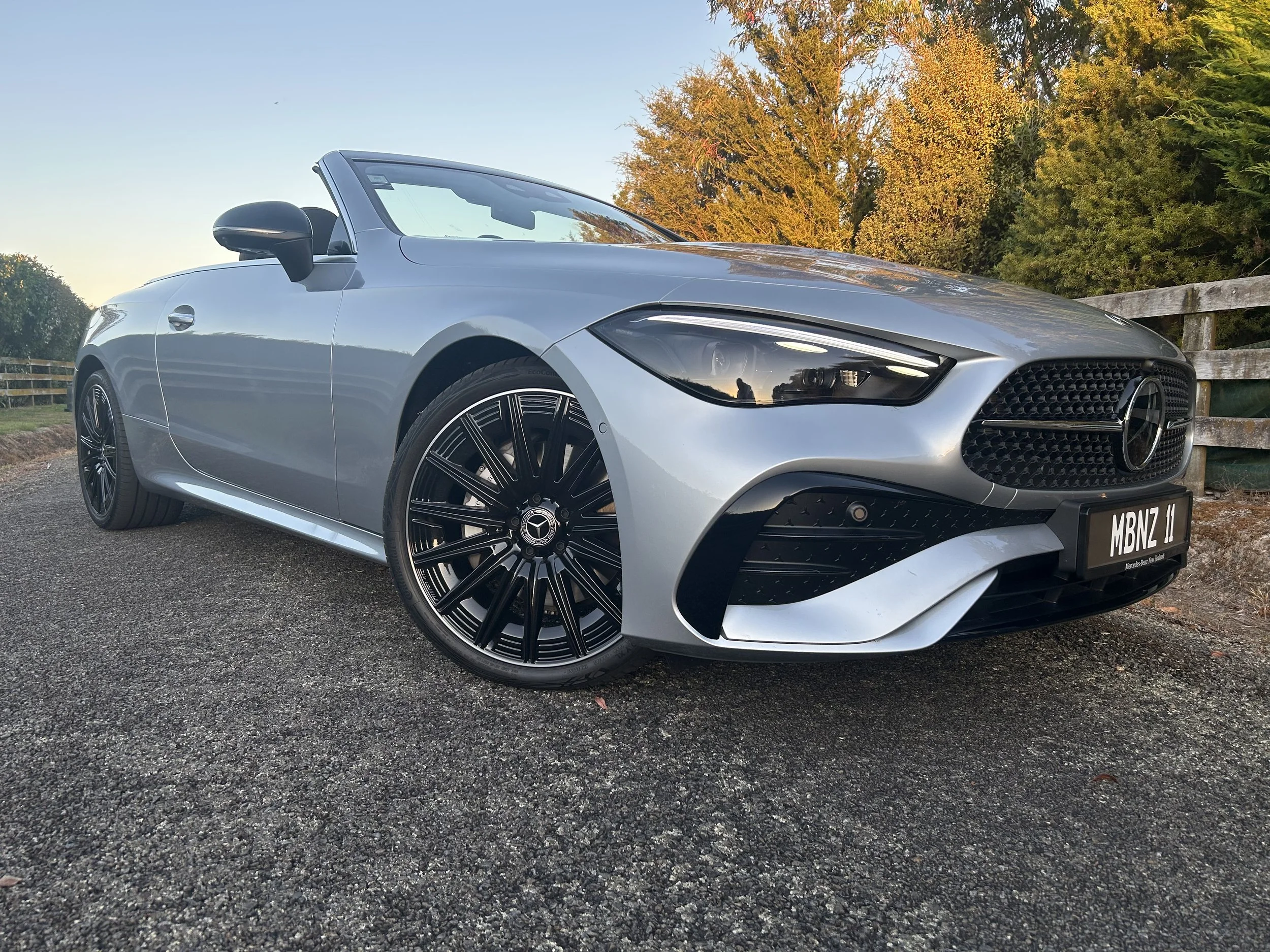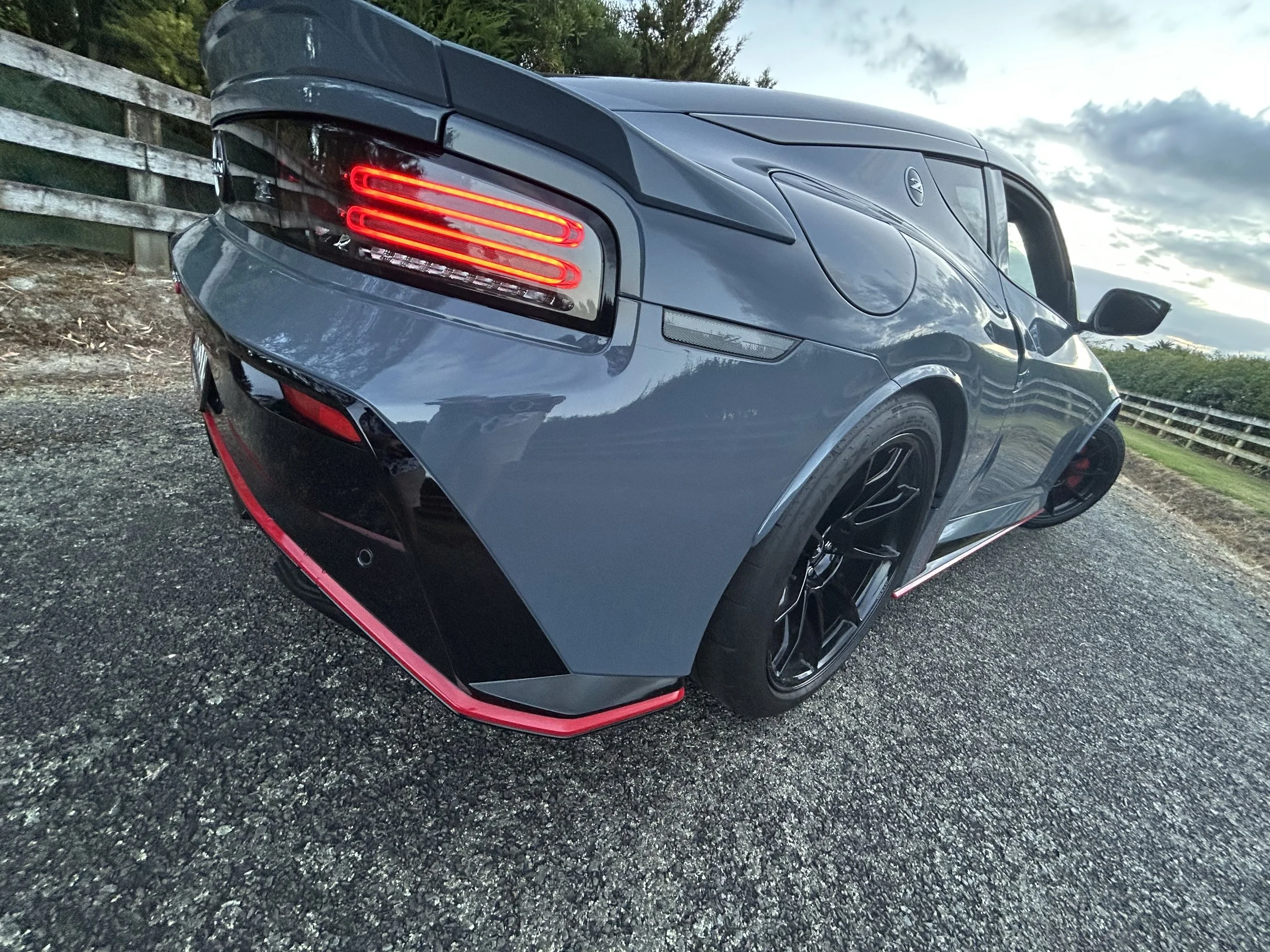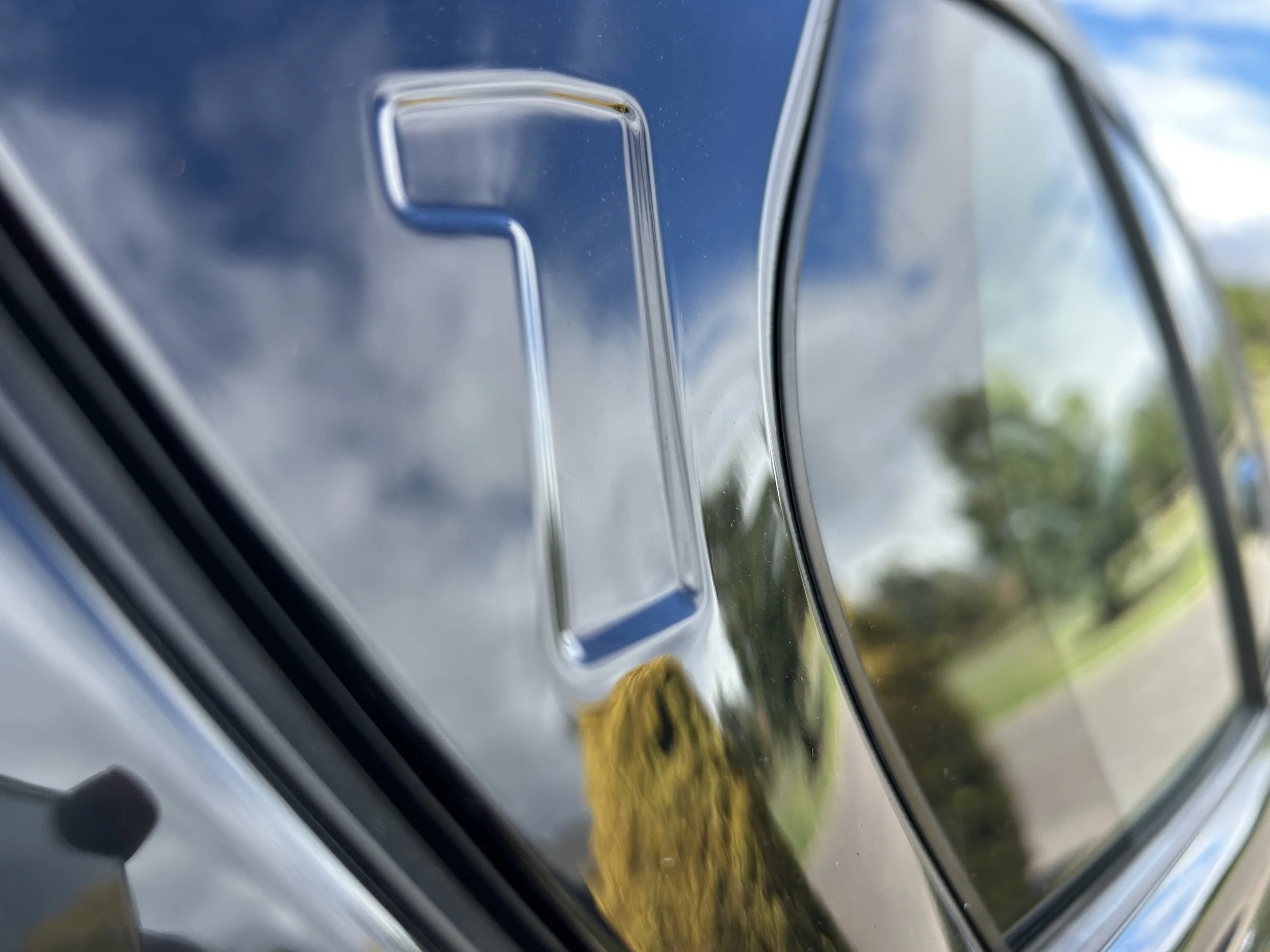Manual-like transmission coming with Lexus RZ electric’s update
/F Sport edition also set to debut fly-by-wire steering and promises extra stomp.
FIRST application of a synthesised gearbox for an electric car that actions somewhat similarly to a traditional manual has reached the showroom - and will be here late this year.
Toyota has been dabbling with the technology for years and has now delivered that ideal in production form, with a new F Sport edition of the Lexus RZ, just unveiled in Europe and confirmed for New Zealand in late 2025.
That variant achieves what Lexus calls an Interactive Manual Drive is designed to simulate the feel and sound of driving a car with an eight-speed gearbox.
The driver can 'take control' using paddles behind the steering wheel if they wish and there's even a virtual rev limiter so the driver has to learn how to perfect the timing of their gear changes.
To assist with that there's a shift guide meter in the instruments, though the synthetic engine sound no doubt also helps.
The feature is specific to a new RZ 550e F Sport derivative, which marks the first time that performance design designation has been applied to the Lexus RZ.
It features distinctive exterior and interior changes to help it stand out from the rest of the range, plus a dual-motor, all-wheel-drive setup that produces 300kW.
Lexus New Zealand said today F Sport will head a general update to the RZ, which it’s been selling here since 2023.
An electric car doesn't need a gearbox at all due to the broad power band and maximum instant torque of electric motors, but changing gears is something driving enthusiasts actively enjoy, Lexus says.
That’s been impetus for Toyota spending years developing a system that simulates the way a multi-gear transmission operated, initially with a stick shift and clutch.
It’s first application of this idea was revealed in 2022, at the Toyota Kenshika forum at which all sorts of futuristic ideas that are now heading to reality were discussed: Solid-state batteries, new in-car software applications like AI assistants, future EVs with hardware set up to open the door to the “living room on wheels” concept.
The following year it showed off a UX300e with a six-speed manual; that car had an actual clutch pedal. The RZ doesn’t. It’s more like a direct shift transmission in operation.
But not design. Actually, the original concept wasn’t a real manual transmission either. What Toyota delivered with the UX300e was an independent six-speed manual with a sensor attached and a clutch pedal with the same.
Those sensors detected the movement of those devices and then used software to artificially modulate the amount of torque the electric motor sent to the wheels.
Back then the system didn’t have a name, but Lexus signalled it was definitely for production.
The introduction of IMD comes with what Lexus describes as significant changes to the RZ’s entire electrical system, in the name of efficiency and range.
A lot of in-depth data hasn’t been shared yet, however the updated car has a slightly larger battery pack than before.
It's now a 77kWh unit (72kWh is usable), which, when combined with the efficiency improvements, is expected to result in an extra 100 kilometres of range; conceivably that takes it to just under 500 kilometres.
The RZ 450e that presently delivers in $141,600 Core and $151,600 Dynamic forms is replaced by the new RZ 500e, using two electric motors for all-wheel drive and up to 280kW.
Below is single-motor RZ 350e, with 165kW. All are confirmed for local sale.
All charge at up to 22kW on three-phase AC chargers, or 150kW on DC outlets, and charging in lower temperatures should be faster thanks to a battery pre-conditioning system.
RZ 500e and the RZ 550e take an evolution of the Lexus Direct4 drive control system.
This dynamically controls the torque output from each of the two motors to optimise the front-to-rear power distribution for any given moment. This applies to accelerating, braking and turning, even when traction is not an issue.
The RZ is also set to opportune here with a steer-by-wire system, with no physical link between the steering wheel and the front wheels.
The versions with this take a yoke-like steering wheel which only turns through a 200-degree arc. The driver never has to take their hands off it, regardless of how tight a corner is.
An additional benefit of the update is that the cars’ braked towing rating has doubled, to 1500kg and it has a vehicle to load application, allowing it to be a power source for lights and small appliances.
Lexus puts huge effort into refinement. so the latest RZ has extra soundproofing.
It also achieves a new door panel trim called ‘Ultrasuede’, features laser-processed graphics and is partially made from a plant-based material, the panoramic roof can be “dimmed” now and the ambient lighting features a new dynamic shadow effect.
The latter is designed to project “changing patterns that evoke the passage of time, fostering an emotional, comfortable connection with the car's occupants.”
More information and NZ-market specification details will be released closer to launch.


